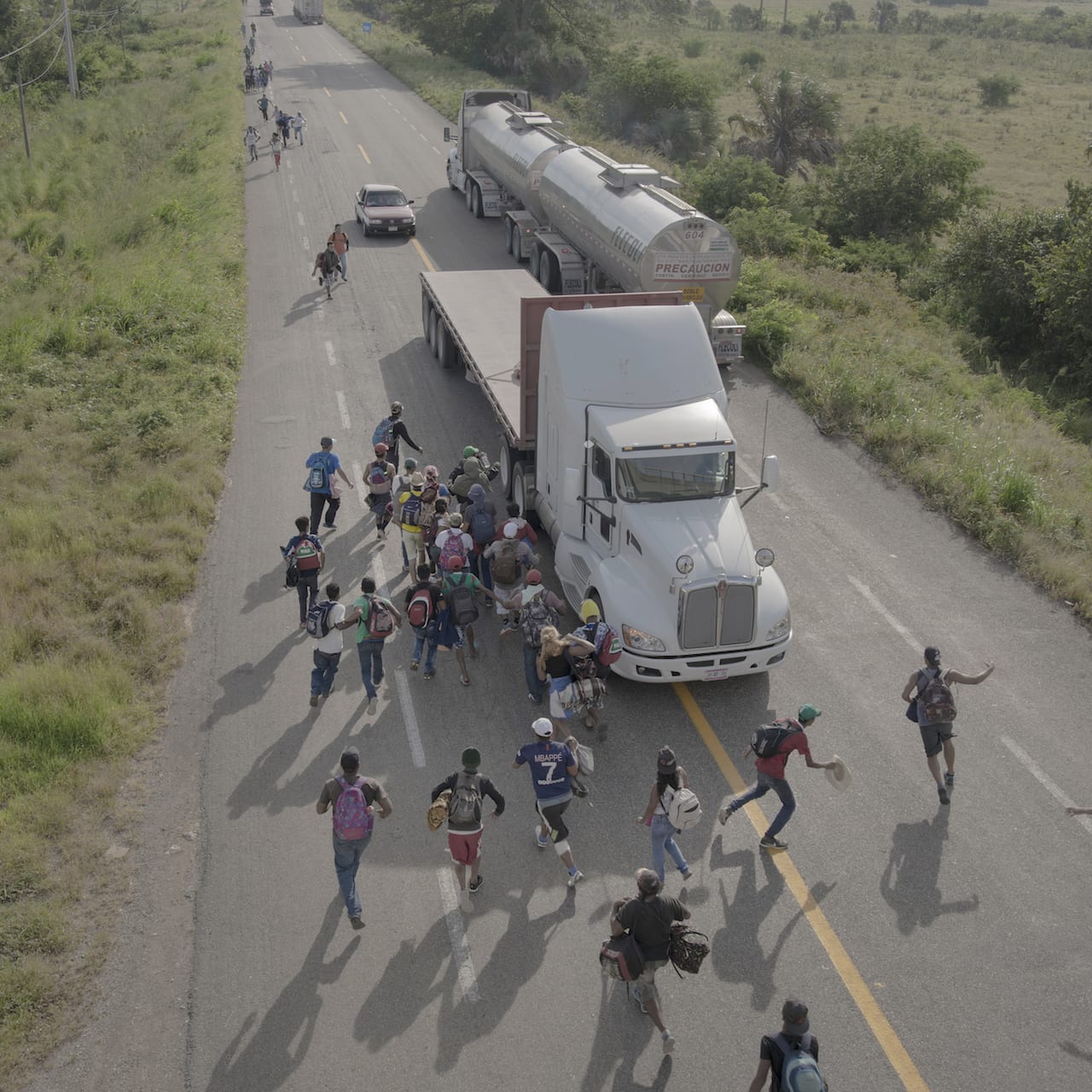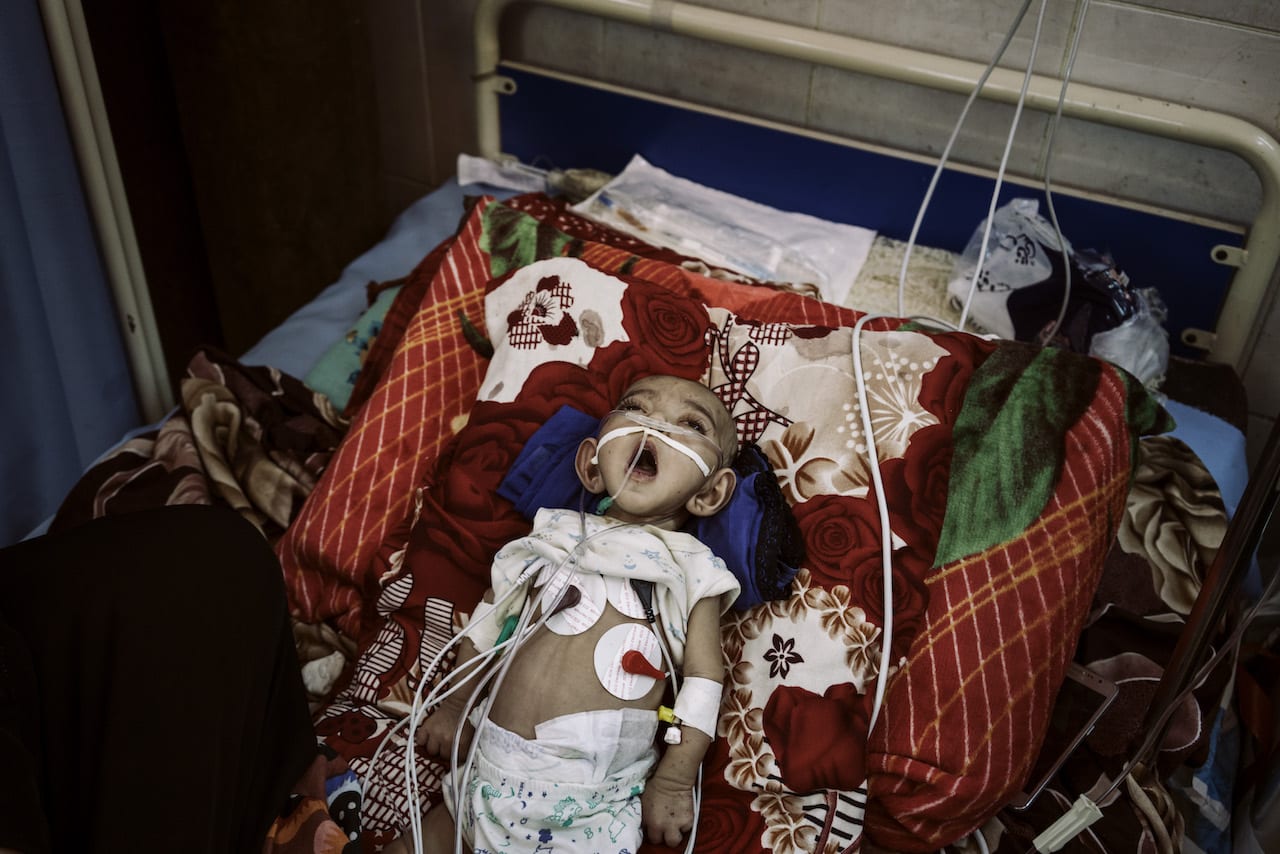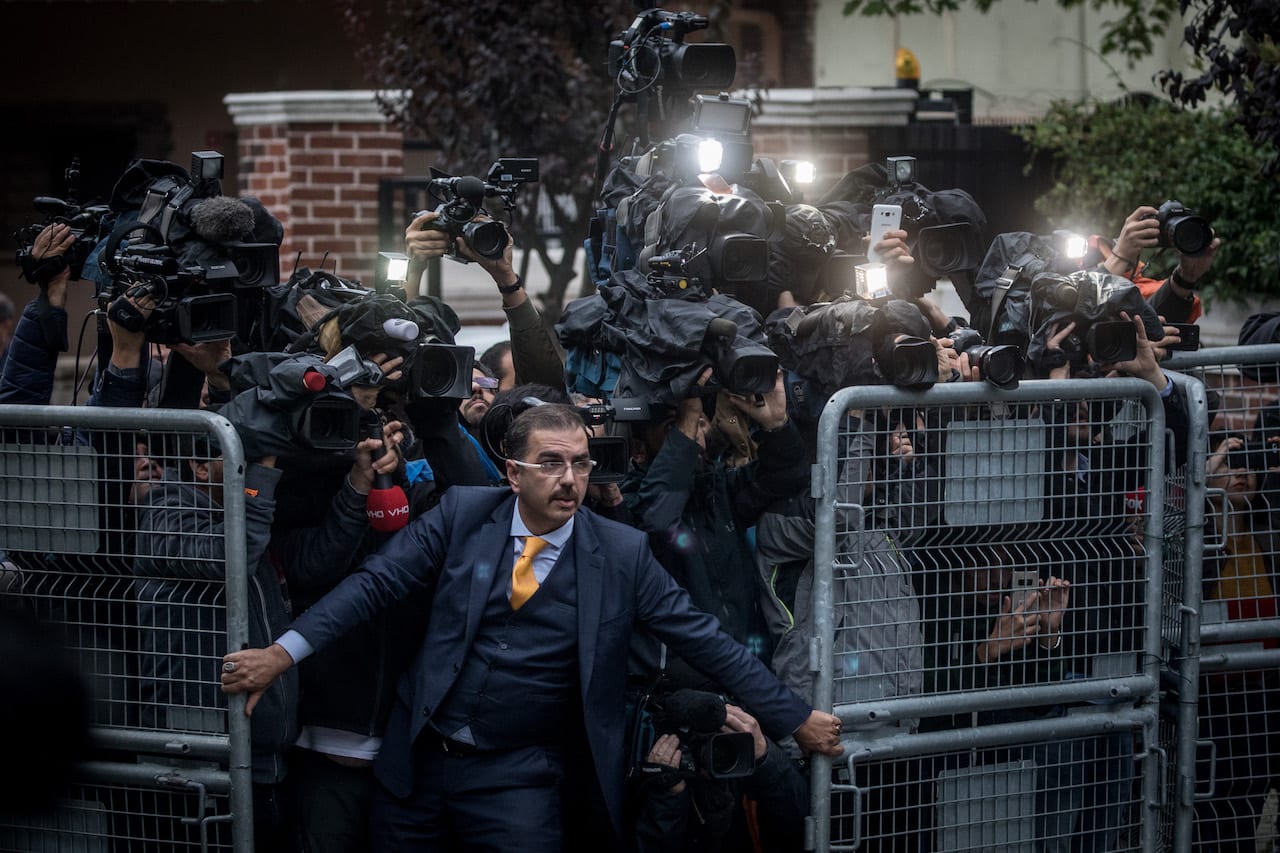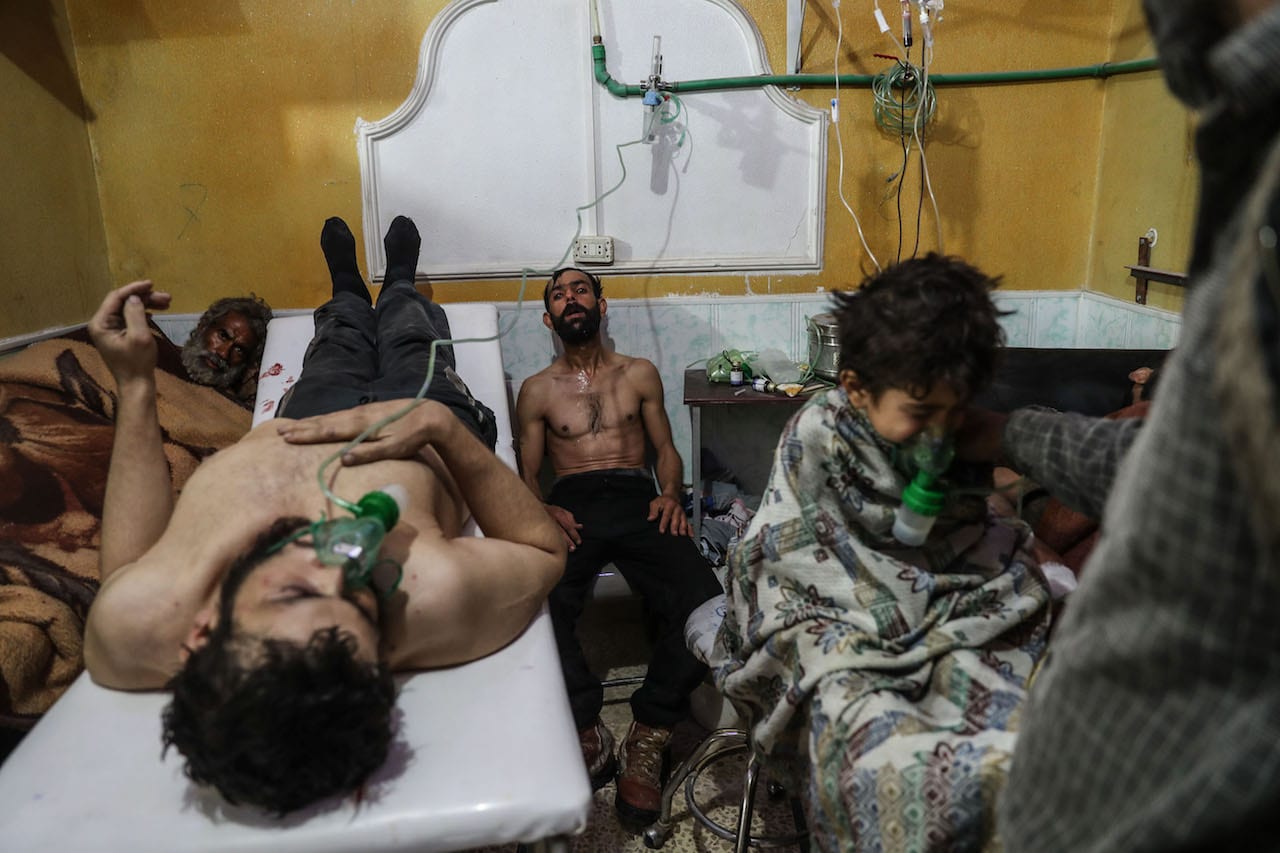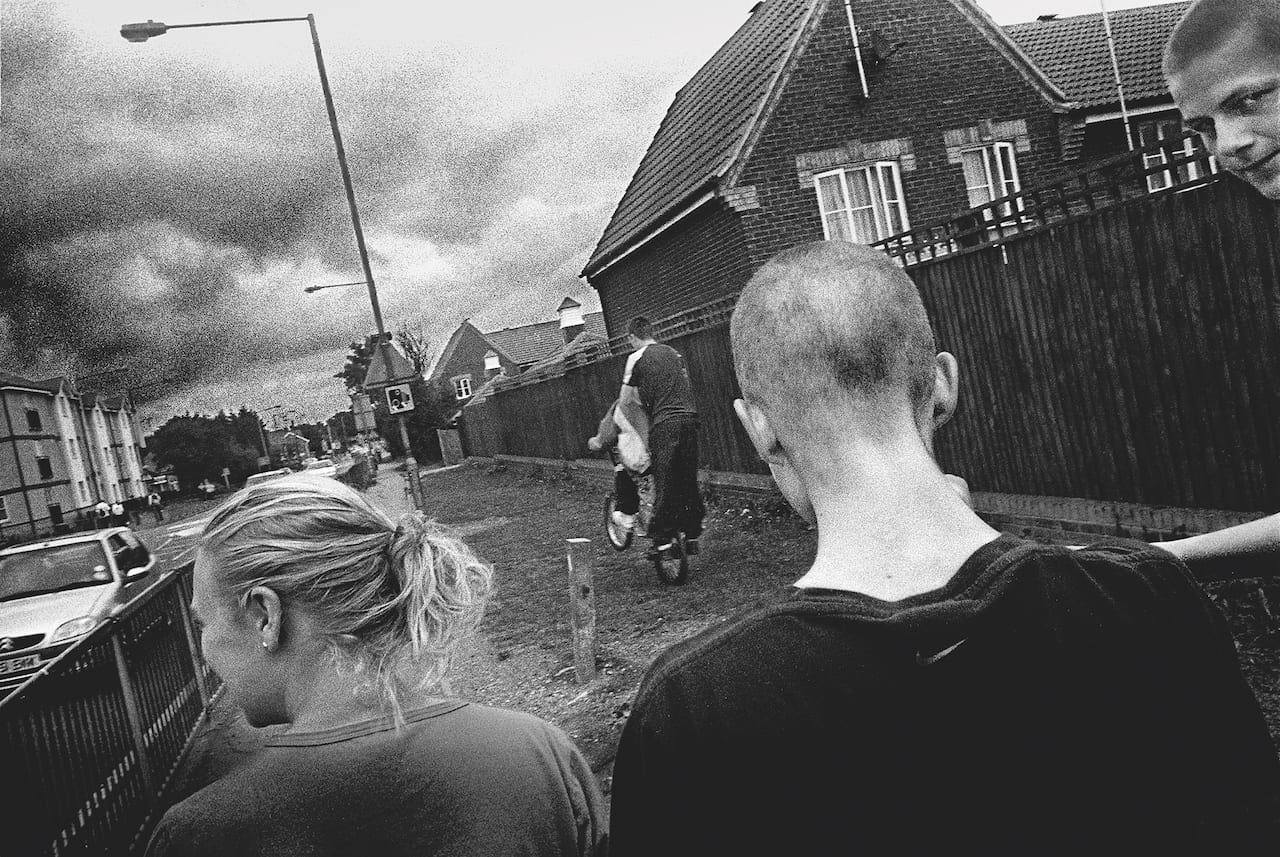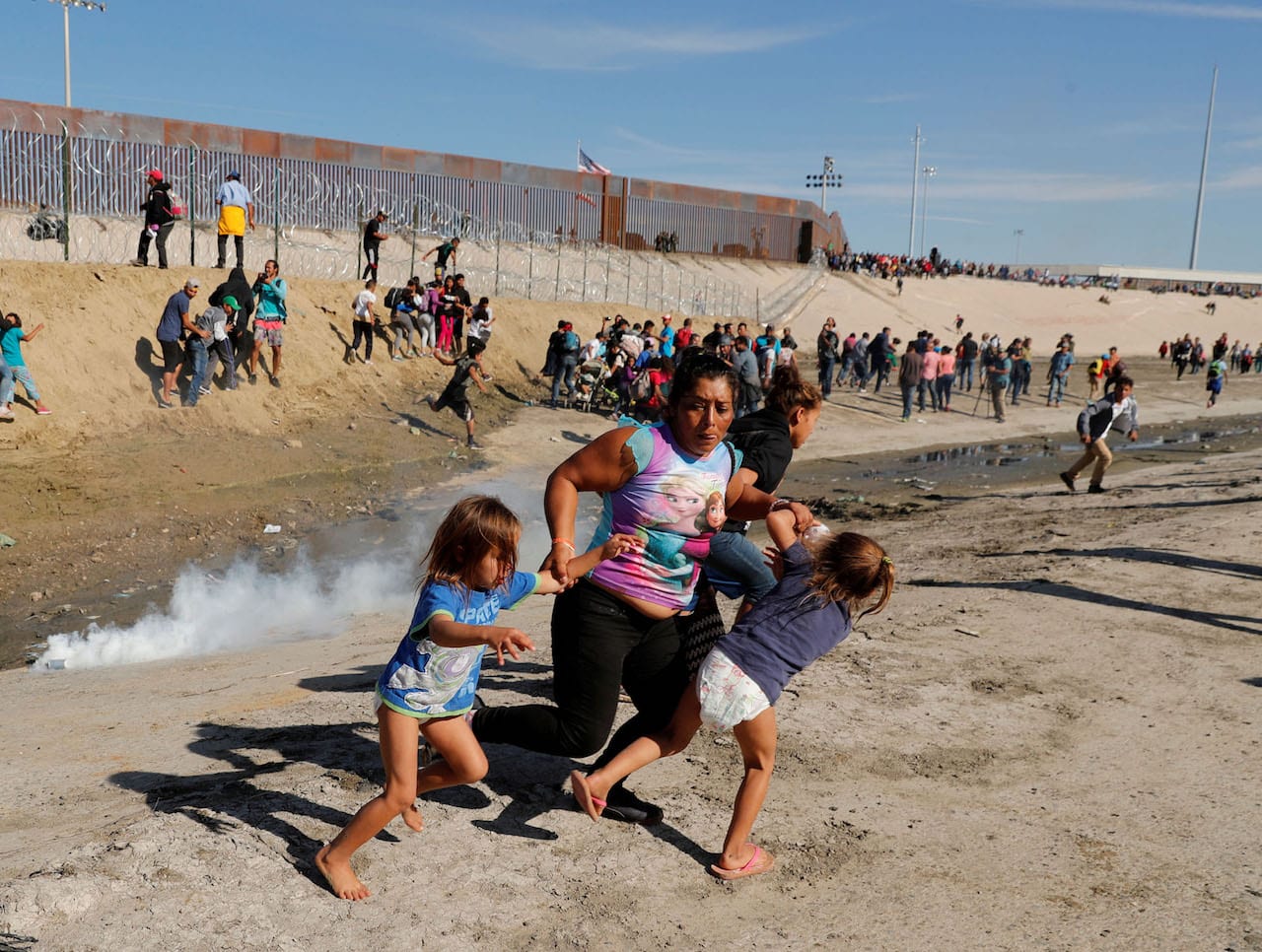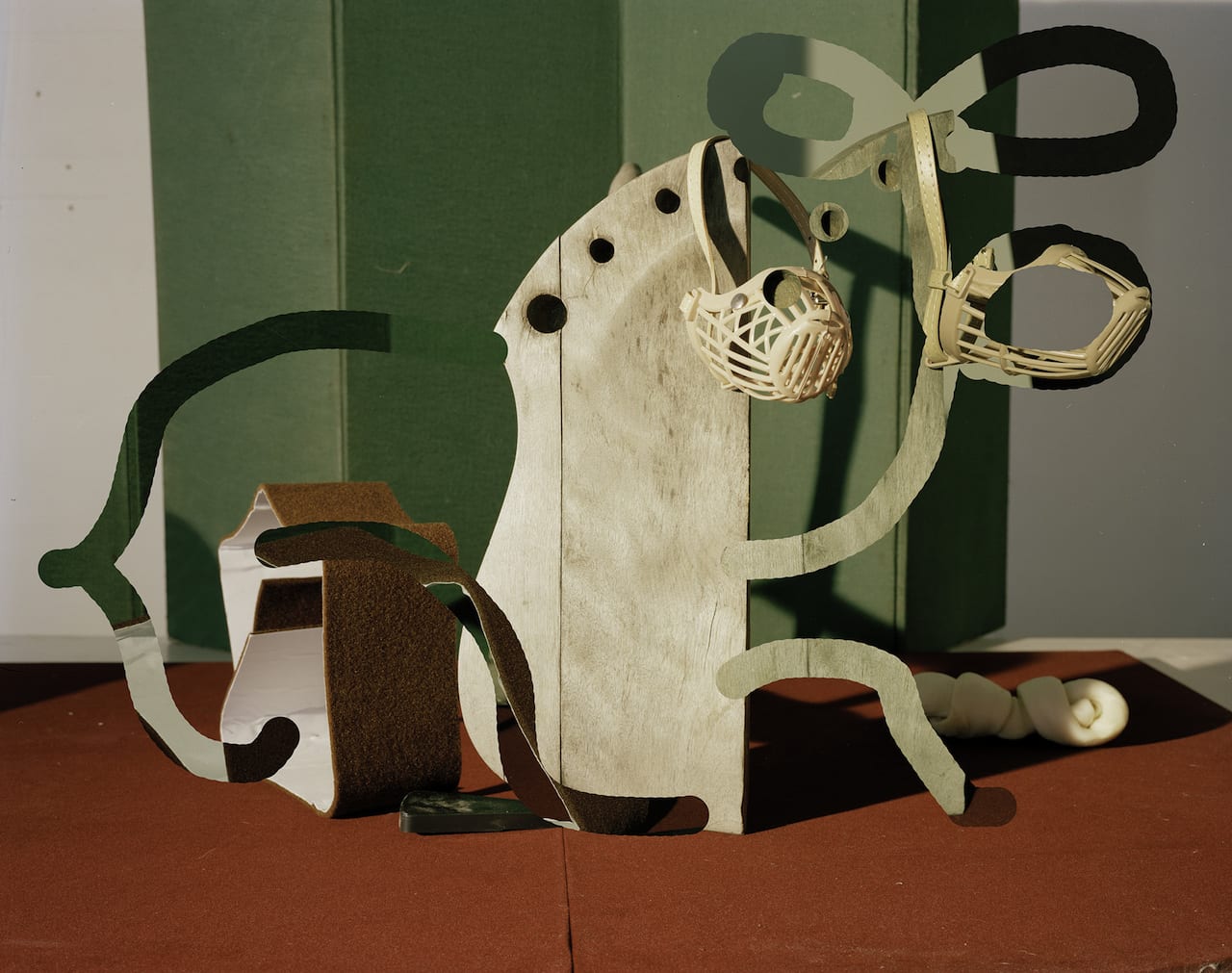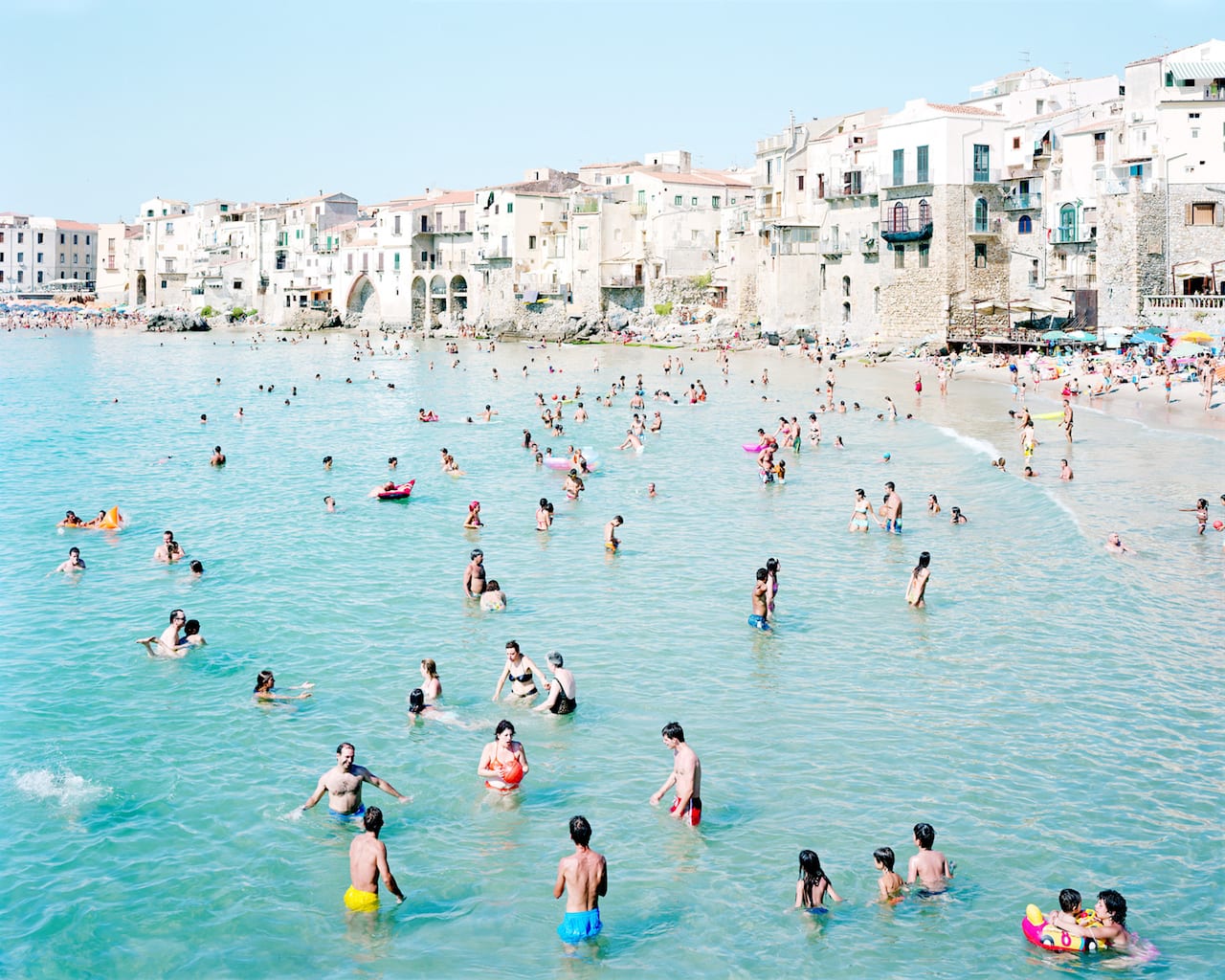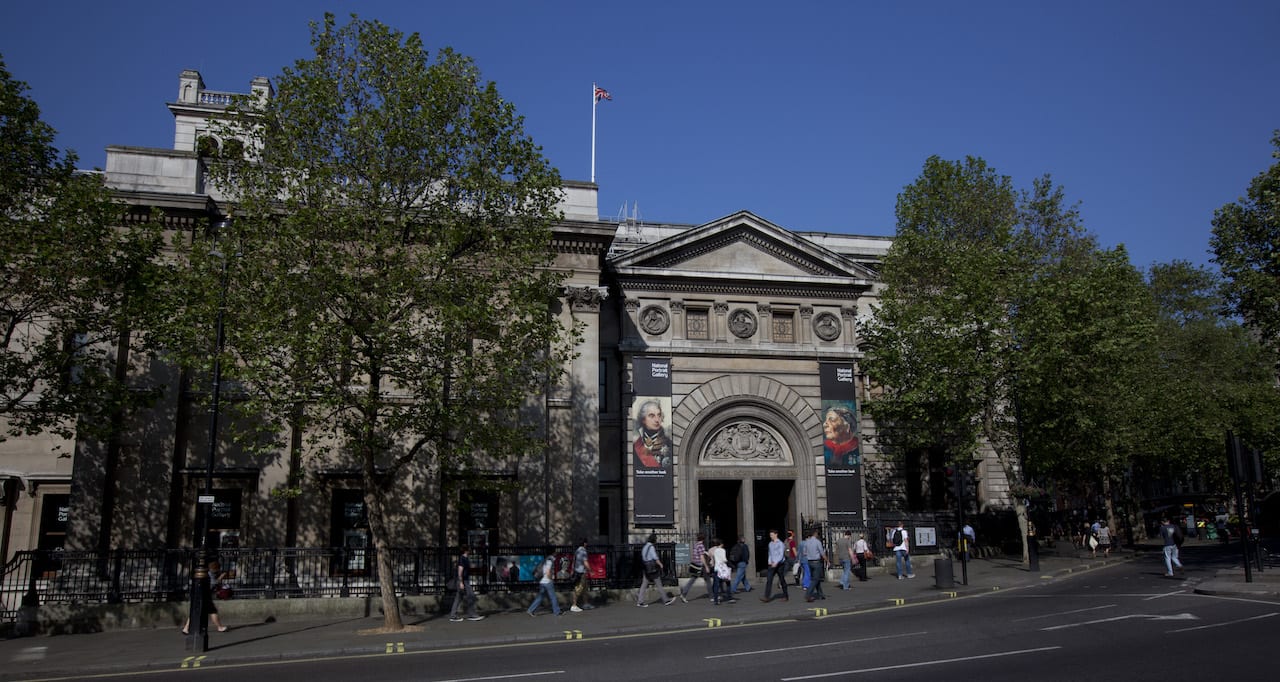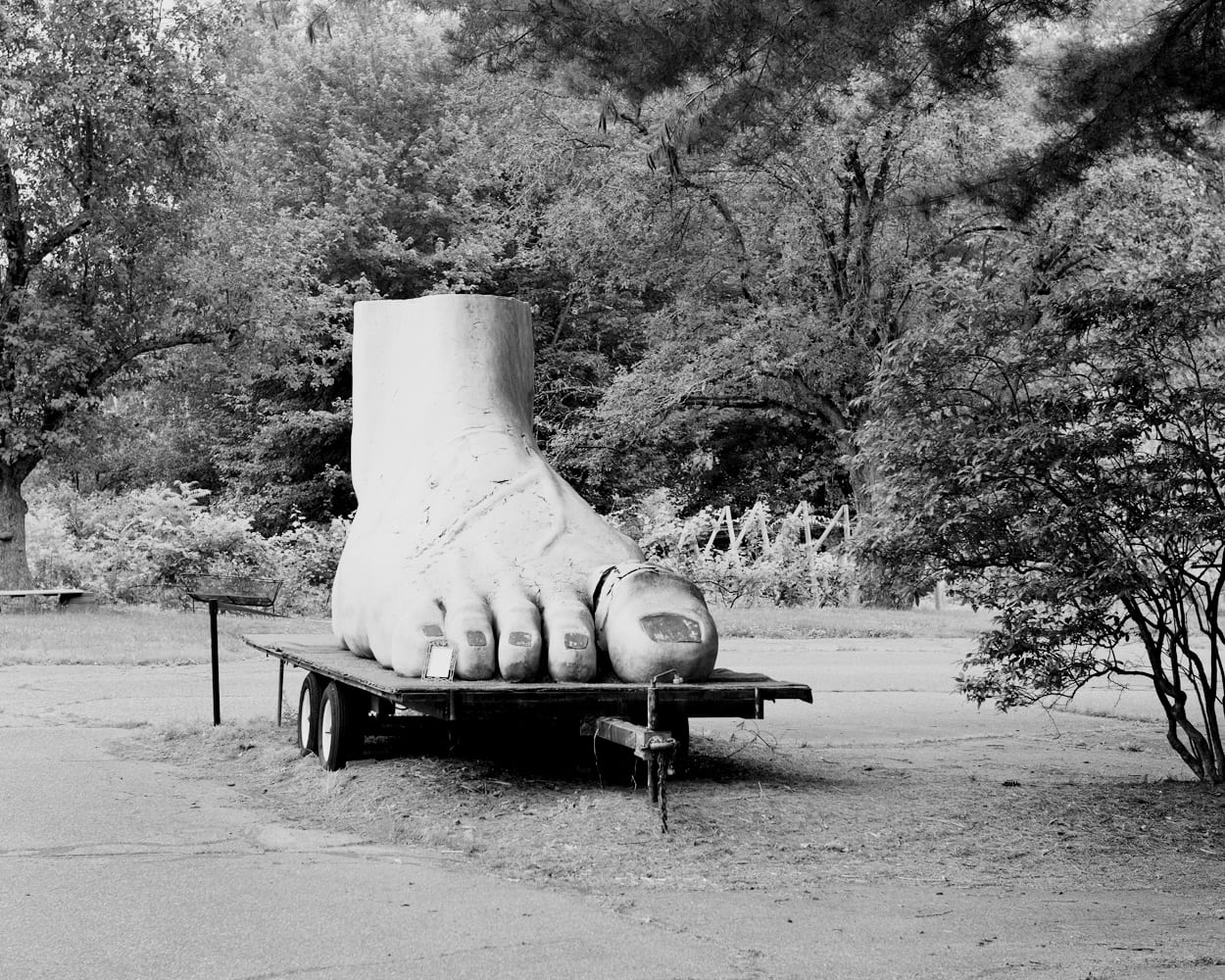“Ideally a [World Press Photo] Picture of the Year would be surprising, unique, relevant, memorable,” says Whitney C. Johnson, vice president, Visuals and Immersive Experiences, at National Geographic, and jury chair for World Press Photo’s 2019 contest.
This year John Moore has won that top spot, with an image showing Honduran toddler Yanela Sanchez crying as she and her mother, Sandra Sanchez, were taken into custody by US border officials in McAllen, Texas, USA, on 12 June 2018.
This year World Press Photo also added a Story of the Year to its awards, and that prize has also been won by a project on immigration, which was shot by Sweden-based, Dutch photographer Pieter Ten Hoppen. His series shows people travelling with the largest migrant caravan in recent history, which left San Pedro Sula, Honduras on 12 October and gathered as many as 7000 people on its way to the USA, according to UN agencies – including at least 2300 children. Shot in soft colours, it focuses in on individuals in the caravan, and moments of beauty in their lives.

